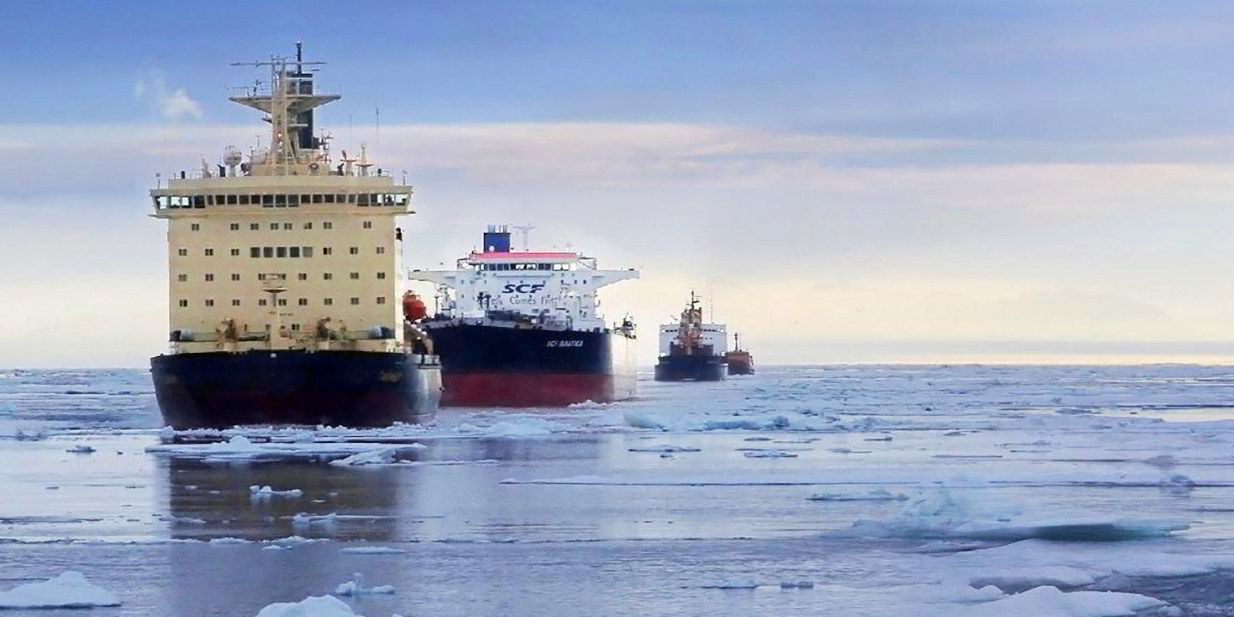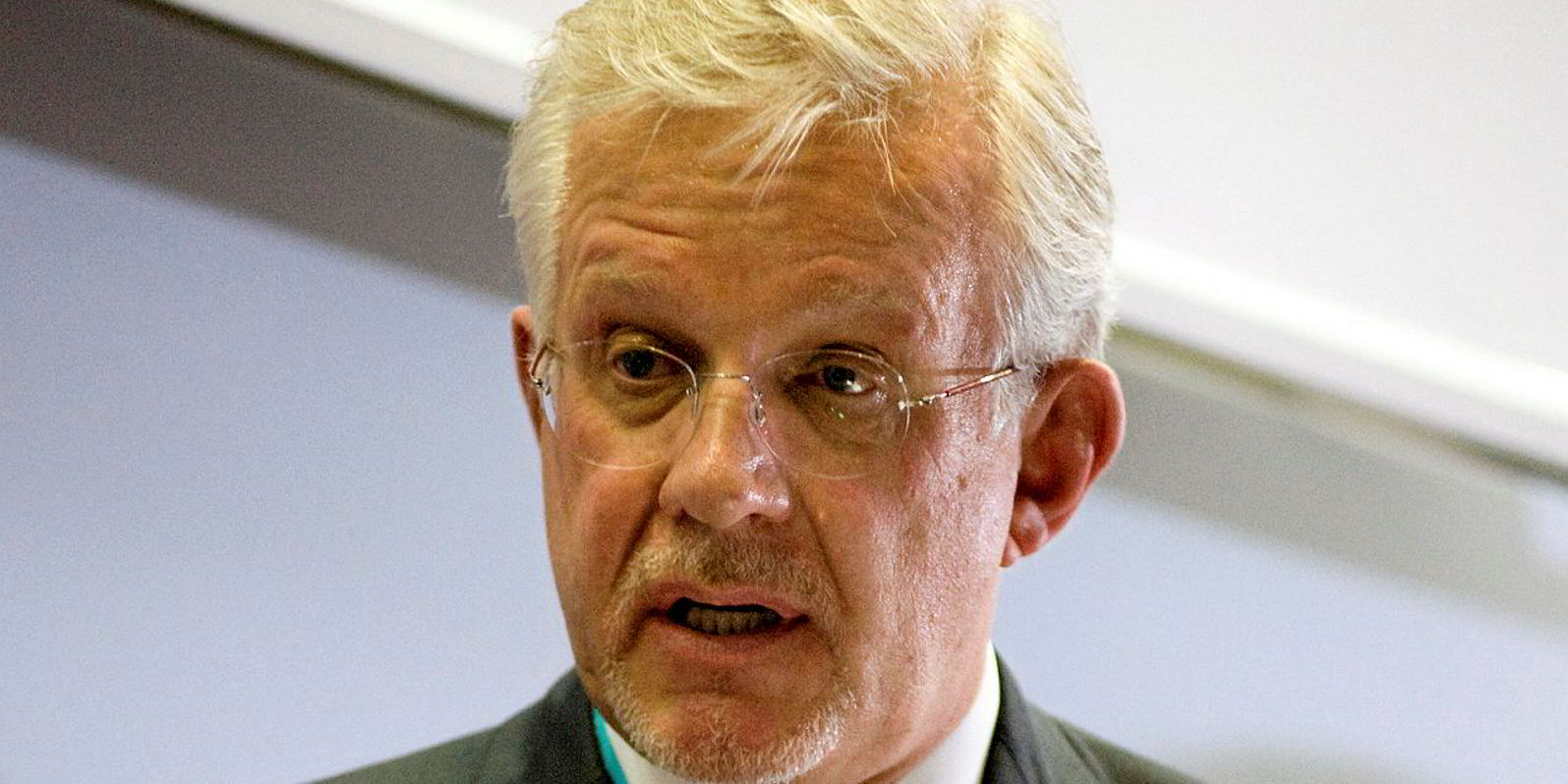Arctic Ocean sea ice fell to its second smallest recorded area this year as a summer heatwave hit the northern polar regions, according to Japan’s Weathernews.
Unveiling its annual review of conditions in the Arctic Ocean, Weathernews’ Global Ice Center said the smallest sea area covered with ice was on 13 September when the coverage was 3.55m square km.
Since records began in 1979, this was second smallest area and was only topped by August 2012 when a large cyclone developed over the Arctic Ocean.
The information provider tracked what it terms the “open” periods for shipping through Arctic waters, a state which it defines as when the entire route can be traversed without entering any areas affected by sea ice, according to satellite data.
Weathernews, which provides polar routing services in the region, said Russia’s Northern Sea Route was open for 88 days this year — the longest period to date.
No go for Canada
In contrast, Canada’s Northwest Passage did not open this year with sea ice remaining in the straits of the Canadian archipelagos.
Weathernews listed the temperature highs recorded in the region this year including at Verkhoyansk in the Russian Far East which logged a record breaking 38C in June.
The agency said these temperatures, which spread across the Arctic Ocean, accelerated the melting of sea ice along the northern Russian coastline.
Weathernews said that as a result of this, the Northern Sea Route opened up on 2 August, which was the earliest on record, until 28 October.
The company said its satellite confirmed that there was no sea ice in the Vilkitsky Strait. The Northern Sea Route, also known as the Northeast Passage, was open on 1 August.
The largest area of sea ice coverage for the region was recorded on 3 March.
This year, an LNG carrier made a partial transit of the route two months earlier than usual, shipping a cargo from Novatek’s Yamal LNG plant at the end of May.
Shipping tracking data shows that Arc7 ice-breaking LNG carriers are still sailing on the Northern Sea Route in mid-December.
Russia's Novatek and shipowner Sovcomflot (SCF Group) have said they plan to trial a shipment through the route during the coming winter as the country moves to open up the navigational route to year-round shipping traffic.
This month, the Centre for High North Logistics reported that the number of vessels making full transits of the Northern Sea Route had soared this year to 62, up from 37 last year.








